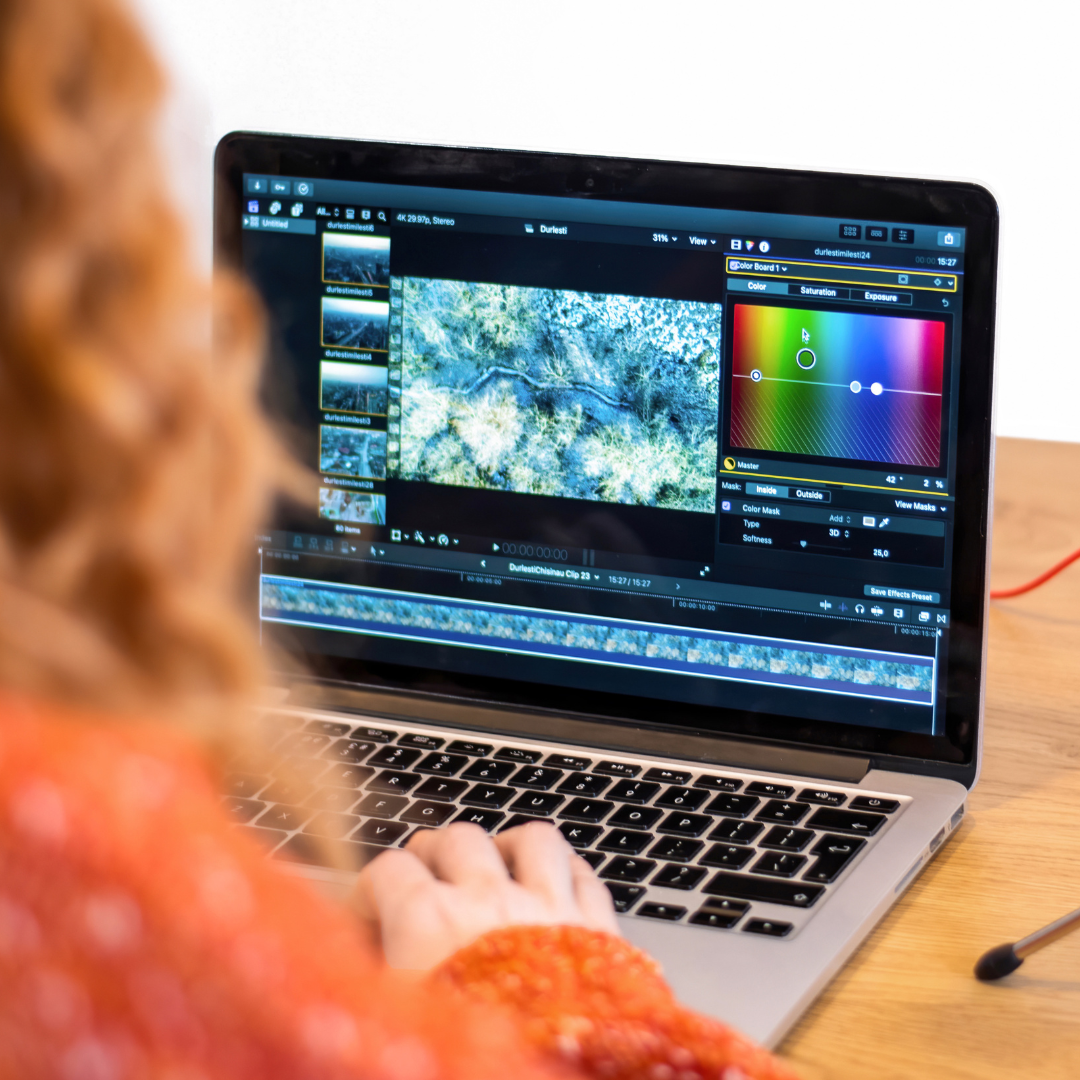The magic of cinema lies in its ability to transport us to different worlds and emotions. But have we ever thought about how those scenes come together seamlessly? That’s where the unsung hero of filmmaking comes into play – editing. From the early days of cutting and pasting film strips by hand to the digital revolution we see today, film editing has evolved tremendously.
Join us as we dive into the fascinating world of movie editing and explore how it has transformed from a technical process into an art form that can make or break a film’s success. Get ready for some behind-the-scenes insights on how our favorite movies were made!
The Origins of Film Editing
Film editing has a long and complicated history dating back to the earliest days of motion picture production. Early filmmakers used cutting spontaneity and creativity to create their films. They often combine scenes or shots from different takes or films to create new scenes or movies. This method was highly labor-intensive and often resulted in gibberish!
The first film editor was Edwin S. Porter, who worked on The Great Train Robbery (1897). Porter used splicing techniques to join different shots and form continuity between them. His work helped pave the way for more refined film editing techniques that would become standard in later years.
Early Film Editing Techniques
In early Hollywood films, film editors were usually just amateurs with little experience who had to use whatever tools they could find to create innovative movies. This included using scissors, tape, and even their hands! Many early films featured awful continuity errors due to this lack of skillful editing. For example, in One Week (1927), director Frank Cap Ra’s editing is so sloppy that it’s easy to see the shots transition from one scene to the next!
Despite these early limitations, filmmakers slowly developed more sophisticated film editing techniques. In the 1930s, editors began to use rotating discs called Moviolas to cut the footage together. This device allowed directors to quickly and easily assemble their films from multiple takes.
During the 1960s, electronic cutting systems such as the Moviola EFX became popular. These systems allowed editors to combine various shots quickly and easily. They also allowed for more complex editing sequences and faster turnaround times.
The 1990s saw the development of digital video editing technologies. These systems made editing footage much easier and faster, not to mention less labor-intensive. Most modern films are edited using digital methods such as Adobe Premiere or Final Cut Pro.
Despite its origins in simple cutting techniques, film editing has evolved into an incredibly versatile and sophisticated art form. Today, editors must have a deep knowledge of film grammar and composition to create compelling scenes and movies. They must also be able to handle multiple takes and edit them seamlessly together into a cohesive whole. With ever-advancing technology, film editors continue to create some of history’s most groundbreaking and iconic films.
Classical Hollywood Editing
In the early days of filmmaking, filmmakers often shot a scene several times and chose the best takes to use in their films. This time-consuming process often resulted in scenes that were cut together haphazardly. To prevent this from happening, filmmakers began to adopt a “continuity” rule – which states that scenes must be shot so that they can be easily pieced together in a way that doesn’t disrupt the flow of the narrative. This meant that shots had to be taken close together (within 180 degrees), and cuts had to be made where they were least noticeable.
Today, continuity editing is one of the most important aspects of filmmaking. Filmmakers use cutting techniques similar to those used in the early days of cinema to ensure that viewers are always aware of abrupt changes in scene continuity.
The Rise of Non-Linear Editing
The digital revolution has ushered in a new era for film editing. Gone are the days of painstakingly cutting and pasting footage together to create a cohesive movie. Now, editors can use software to add, delete, and adjust pieces of footage with little or no human interference.
This newfound freedom has led to some innovative approaches to filmmaking. Non-linear editing is one such technique that has rapidly grown in popularity over the past few years. This type of editing allows filmmakers to take their story in any direction without worrying about breaking continuity or editing mistakes.
This flexibility can be a potent tool for creating movies that are true to the characters and storytellers. It also allows directors and editors more creative freedom when exploring narrative possibilities. As we continue moving into an increasingly digital world, it’s exciting to see how film editing will continue evolving in response.
The Future of Film Editing
In the early days of filmmaking, film editors were often just amateurs with a lot of cutting experience. As moviemaking technology evolved, however, so did the role of the film editor. Today, film editing is an incredibly complex and demanding process that requires a wide range of skills.
Film editing has undergone several changes over the years, but one trend that has continued is the increasing importance of digital tools in the editing process. Many modern movie editors are computer programmers who have learned how to use software such as Final Cut Pro and Adobe Premiere Pro.
As technology continues to evolve, even more changes will likely be made to how filmmakers edit their films. So far, digital editing has positively impacted film Editing – making it easier for editors to finish their work quickly and efficiently while maintaining high-quality standards. In the long term, though, it’s hard to say exactly how the role of the film editor will develop. Some experts believe that the process will become even more complex and specialized, while others believe that digital editing will eventually take over entirely and that editors will become a thing of the past.
Either way, film editing is an incredibly complex and demanding process requiring much skill and experience. Whatever the future holds for film editing, we can be sure there will be plenty of exciting changes along the way!
The Evolution of Film Editing
Film editing has come a long way since the days of hand-typing credits onto film reels. In this article, we look at the history of film editing and how it has become an essential part of filmmaking today. From cut-and-paste to green screen technology, film editing has come a long way, and there is no doubt that it will continue to grow in importance as filmmakers experiment with new techniques and push the boundaries of storytelling. So whether we’re a veteran editor or just starting, keep learning – plenty of room for improvement!



